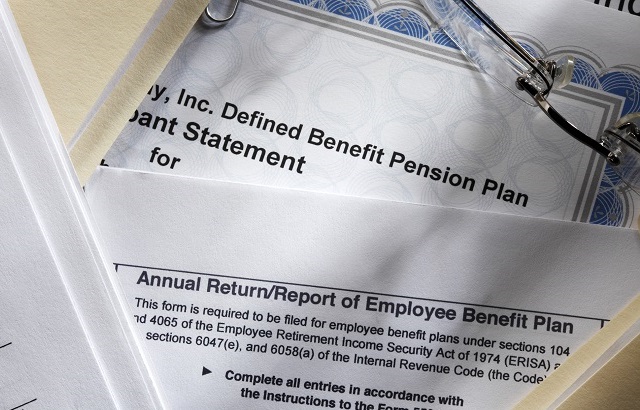Less than a quarter (23%) of advisers still offer defined benefit (DB) pension transfer advice, according to research from Aegon and NextWealth.
The annual Managing Lifetime Wealth: retirement planning in the UK report said that back in 2018, 56% of advisers were offering DB transfer advice and the consensus from advisers was that client demand for this service would keep growing.
This represents a 59% drop. Looking ahead, only 14% expect to remain in this market at their current level.
Another major change is the way most advisers set withdrawal rates for clients in drawdown. Five years ago, two-thirds (66%) of advisers used a fixed rate or range to determine a safe withdrawal rate, with most opting for the 4% rule.
The 2023 report shows that only 29% use a fixed rate or range now. More advisers are now opting to use cash flow modelling or scenario modelling (52%).
The use of centralised retirement propositions (CRPs) – a “common and consistent approach to retirement advice that is followed by the whole firm” – was expected to grow as advisers continued to enhance and formalise how they deliver financial planning advice.
Five years ago, 46% of financial advisers had a CRP, and a further 13% said they would have a CRP in place in the following twelve months, suggesting 59% having one by the end of 2019. But in 2023, this figure is still only 52%.
Changes
Steven Cameron, pensions director at Aegon, said: “In times of such constant change, it’s hugely valuable to be able to look back over the last five years and see how the combination of unpredicted worldwide events, coupled with regulatory change, have influenced retirement advice. The macro-economic world we live in is also highly volatile, highlighting the huge value of retirement advice to help clients understand choices, adapt investment strategies and / or sustain incomes throughout retirement.
“The single biggest change has been the major reduction in availability of DB transfer advice, prompted by the increased business risk of undertaking this advice, as well as the changes that the Financial Conduct Authority (FCA) has introduced over recent years. With interest rates still rising, schemes are offering lower transfer values than a year ago, which is likely to mean a lower supply will be matched by lower demand. But it’s hard to predict what the position will be five years from now.
“Coming a close second, is the approach to determining safe drawdown withdrawal rates. The top objective in 2023 for clients is to use savings to provide a sustainable lifetime income while preserving all or part of the capital. The increased use of cash flow or scenario modelling to identify a safe withdrawal rate means that advisers have been able to add further value to clients working towards this objective – advisers can better assess whether against an uncertain future investment world, clients should be able to meet their income requirements without running out of money with this approach.
“On the other hand, the adoption of a Centralised Retirement Proposition has failed to grow as quickly as had been predicted. One of the main reasons for not introducing a CRP could be that many advisers understandably prefer to fully personalise their advice to individual client needs. However, having a common framework for retirement advice, with some inbuilt flexibility, may be attractive particularly to larger firms. It’s possible that we’ll start to see a growth in some form of CRPs this year, as firms reassess their service propositions in light of the FCA’s Consumer Duty.
“It will be fascinating to see what another five years brings in the retirement advice market. Personally, I predict a developing market incorporating social care funding into retirement advice and that Consumer Duty will further demonstrate how valuable retirement advice is. Whatever happens, we’ll no doubt see the need for retirement advice continue to grow.”








